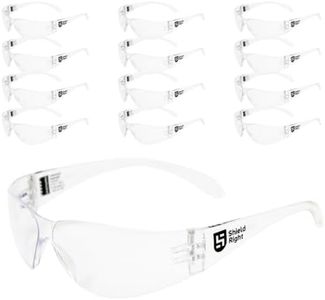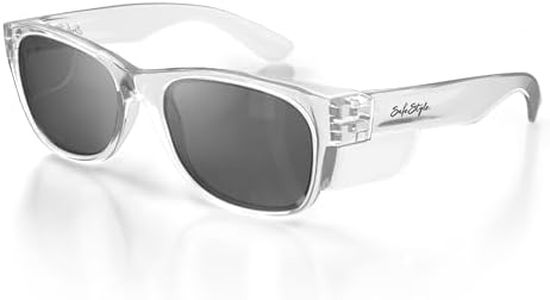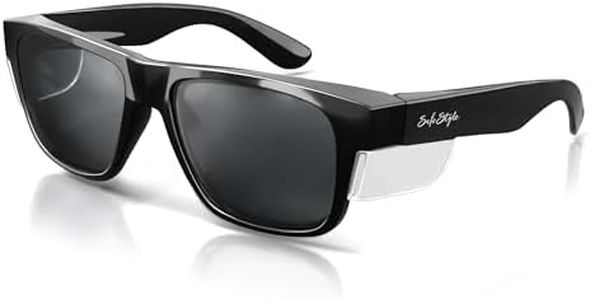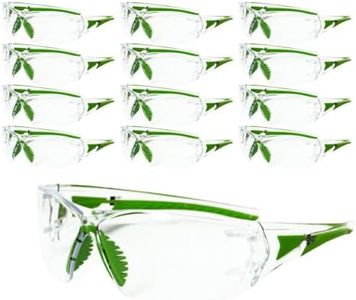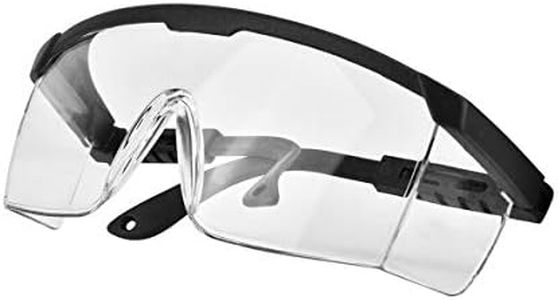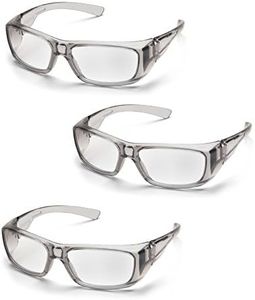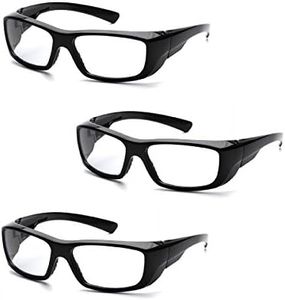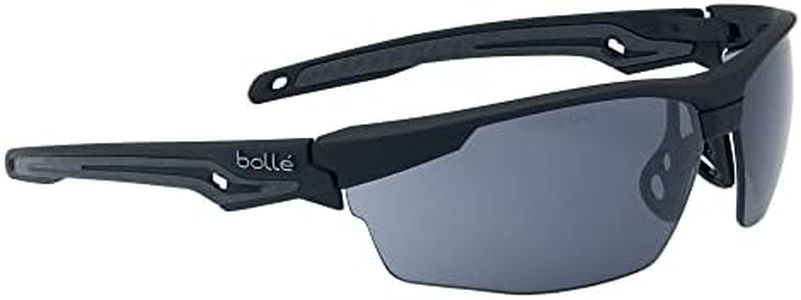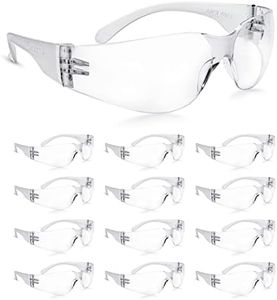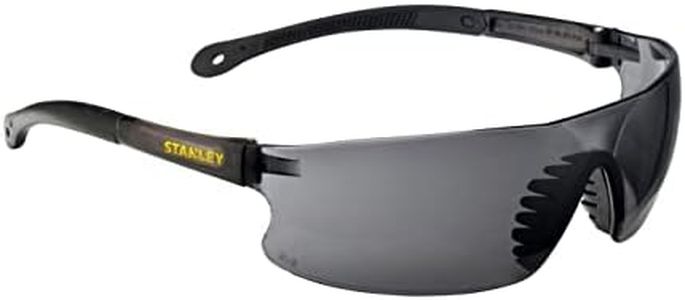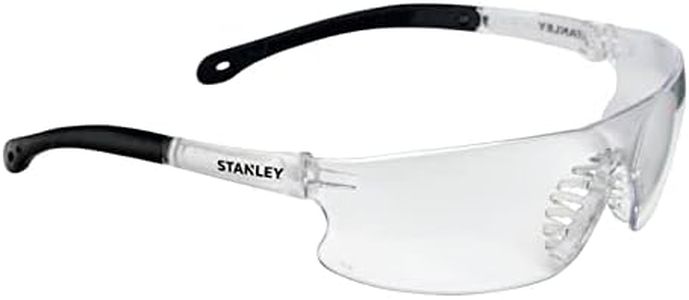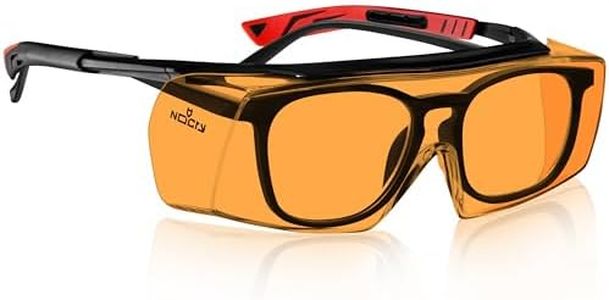We Use CookiesWe use cookies to enhance the security, performance,
functionality and for analytical and promotional activities. By continuing to browse this site you
are agreeing to our privacy policy
10 Best Safety Glasses
From leading brands and best sellers available on the web.By clicking on a link to a third party's website, log data is shared with that third party.
Buying Guide for the Best Safety Glasses
Choosing the right safety glasses is essential for protecting your eyes from potential hazards whether you're working in a workshop, laboratory, construction site, or even doing DIY projects at home. The perfect pair should offer a comfortable fit, the appropriate level of protection for your activities, and good visibility. Understanding the key specifications can help you select glasses that keep you safe without compromising on comfort or practicality.Lens MaterialLens material determines how durable and clear your safety glasses will be. The most common materials are polycarbonate, acrylic, and glass. Polycarbonate lenses are lightweight, highly impact-resistant, and provide good optical clarity, making them suitable for most activities where flying debris or sudden impacts are a risk. Acrylic lenses are lighter than glass and offer reasonable impact resistance, though not as much as polycarbonate; they're a good fit for light tasks with less risk of impact. Glass lenses are very scratch-resistant and offer excellent optical quality, but they're heavier and can shatter if struck, so they’re best for situations with chemical splash risks and minimal impact threats. To choose the right lens material, consider what kind of hazards you'll face most often: flying objects, splashes, or just dust and light particles.
Protection StandardsProtection standards indicate whether the safety glasses meet certain safety regulations. Standards like ANSI Z87.1 (in the US) or EN166 (Europe) mean glasses have been tested for impact, coverage, and optical quality. Glasses meeting these standards are more likely to adequately protect your eyes from typical workplace or recreational hazards. To navigate these, look for markings on the glasses or packaging that mention the relevant standards. If you're working in an environment with strict safety requirements, always select glasses certified to these standards.
Lens CoatingsLens coatings such as anti-fog, anti-scratch, and UV protection enhance performance and comfort. Anti-fog coatings help prevent lenses from steaming up, which is especially useful in humid settings or when wearing a mask. Anti-scratch coatings prolong the life of your glasses in environments with lots of dust or abrasive particles. UV protection coatings shield your eyes from harmful ultraviolet rays, which is important for outdoor use. To choose properly, think about where you'll use your glasses: if outdoors, UV protection is important; for hot or humid places, anti-fog is a smart pick.
Fit and ComfortFit and comfort depend on features like adjustable arms, soft nose pads, and overall weight. Glasses that don't fit well can slip off or feel uncomfortable during extended use, reducing their effectiveness. When choosing, consider if you’ll be wearing the glasses for long periods or over prescription eyewear. Adjustable features allow you to tailor the fit for stability and comfort. If you wear them occasionally, simple frames may suffice, but for regular or all-day use, ergonomic designs are best.
Coverage and Side ProtectionCoverage refers to how much of your eye area is shielded by the glasses, including side protection like wraparound lenses or built-in side shields. Better coverage means better defense against particles, splashes, or debris coming from different angles. For tasks where hazards could approach from the side—like grinding, drilling, or chemical handling—choose glasses with extended sides or wraparound styles. For less hazardous activities, basic models may be enough.
Prescription CompatibilityPrescription compatibility is about whether you need to wear corrective lenses under your safety glasses. Some safety glasses are designed to fit comfortably over regular glasses (often called OTG – Over The Glasses models), while others can be made with prescription lenses. If you require vision correction, ensure that your safety glasses can accommodate your prescription, either by fitting over your existing eyewear or by having the correct prescription built in. This way, you won’t have to compromise on clarity or safety.
